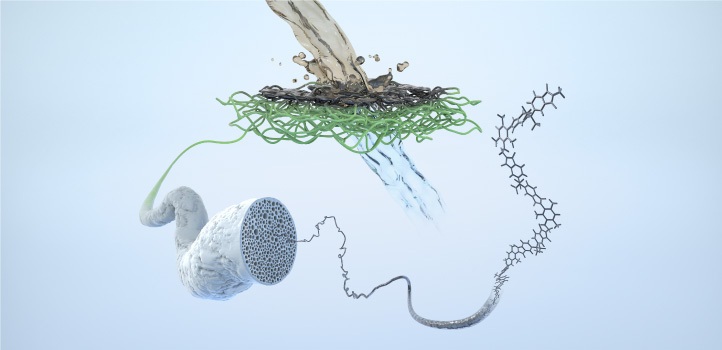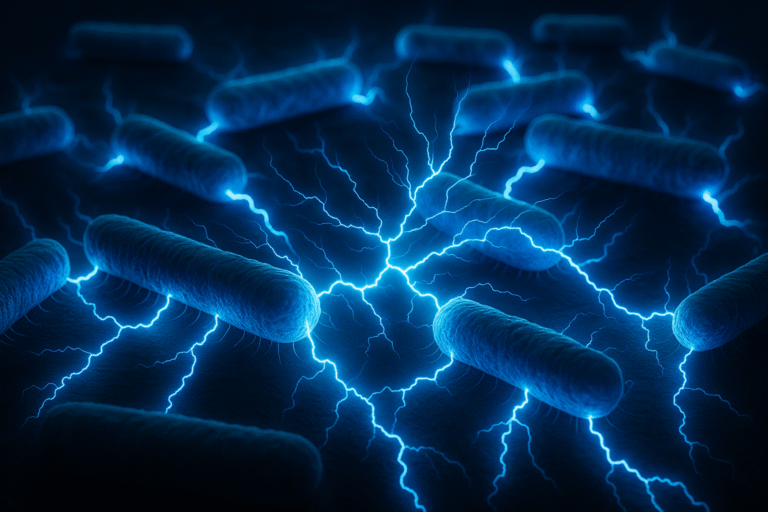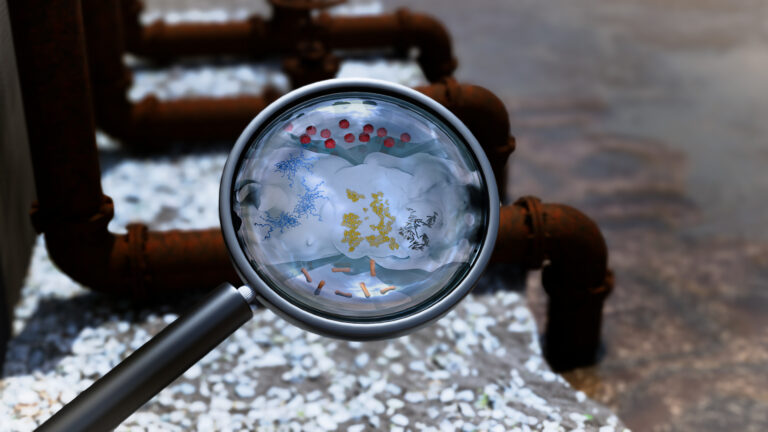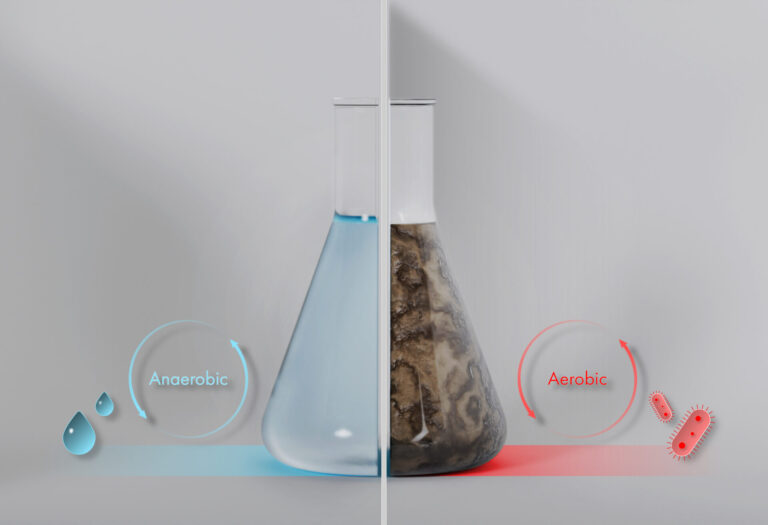Environmental Science and Engineering
New spin brings rapid rescue from oil spills
High-capacity oil-adsorbing mats could be deployed in oil spill emergencies to limit ecological damage.

KAUST researchers have innovated an effective oil-adsorbent material for cleaning up oil spills in marine ecosystems. © 2020 KAUST; Xavier Pita
KAUST researchers have innovated an effective oil-adsorbent material for cleaning up oil spills in marine ecosystems. © 2020 KAUST; Xavier Pita
An intrinsically porous polymer with a very high internal surface area could be an ideal material for soaking up spilled oil. Researchers from KAUST have identified a polymer that can be formed into robust, reusable mats to rapidly adsorb spilled oil, fuel or organic solvents from the surface of fresh or salt water.
“Oil spills remain a global threat to marine habitats, human health and livelihoods,” says KAUST’s Gyorgy SzekelyS, who led the research. “Even though most spilled oil floats on the water surface, a small percentage of the oil is dispersed naturally in water, affecting the marine ecosystem, including fish and plankton,” Szekely says. “Such ecological disasters have led to a great need to discover high-performance sorbents for rapid and high-efficiency cleanup from the sea surface.”
To develop a more effective oil-adsorbent material, the team exploited a polymer called 6FDA-TrMPD, which has two key features important for soaking up spilled oil. “Our materials—unlike most other materials reported for the cleanup of oil spills—are intrinsically porous,” explains Fuat Topuz, a postdoc in Szekely’s team. The team used a process called electrospinning to convert a solution of the polymer into robust mats, which incorporated an extensive network of pores within the polymer’s fibrous structure, creating a vast surface area of 565 square meters per gram of material for adsorbing oil.
Secondly, the polymer’s molecular structure incorporated water-repellent trifluoromethyl groups, which caused the material’s adsorptive properties to reject water while strongly soaking up nonpolar liquids, such as oil floating on the water’s surface.
In testing, the material could rapidly and efficiently clean up oil spills on water. Within a few minutes of their deployment, the mats adsorbed spills with a capacity of between 25 and 56 grams of oil, or nonpolar solvent, per gram of polymer. “The sorption performance of the material is much better than many reported adsorbents, and the materials could be recycled and reused with similar performance, demonstrating their great potential for cleanup of oil spills and nonpolar solvents,” Topuz says.
“In our next step, we will process these materials further to create membranes and fibrous sponges to make easily recoverable adsorbents while preserving their high performance,” Szekely says. The team is also developing adsorbent materials made from sustainably sourced polymers and expanding the range of pollutants that the materials can capture to include removing organic micropollutants and heavy metals from water.
References
- Topuz, F, Abdulhamid, M.A., Nunes, S.P. & Szekely, G. Hierarchically porous electrospun nanofibrous mats produced from intrinsically microporous fluorinated polyimide for the removal of oils and non-polar solvents. Environmental Science Nano 7, 1365 (2020).| article
You might also like

Environmental Science and Engineering
Bacteria reveal hidden powers of electricity transfer

Environmental Science and Engineering
Wastewater surveillance tracks spread of antibiotic resistance

Bioscience
Super fungi survive extreme Mars-like environments

Environmental Science and Engineering
Rethinking food systems to restore degraded lands

Environmental Science and Engineering
Combat climate change by eliminating easy targets

Environmental Science and Engineering
Wastewater treatment to fight the spread of antibiotic resistance

Bioscience
Digging into the world of plant-growth-promoting microbes

Bioscience




